Introduction
Hyaluronic Acid (HA), also known as hyaluronan, is a powerful humectant and a fundamental substance naturally produced by the human body. Renowned for its incredible capacity to retain moisture—holding up to 1,000 times its weight in water—it is a cornerstone of skincare, aesthetics, and regenerative medicine. Despite its name containing “acid,” it is not an exfoliating acid but a soothing, hydrating sugar molecule (a glycosaminoglycan) that plays a vital role in maintaining tissue hydration, lubrication, and structure.
Chemical Structure and Natural Occurrence
Hyaluronic Acid is a linear polysaccharide, a long-chain carbohydrate composed of repeating disaccharide units of D-glucuronic acid and N-acetyl-D-glucosamine.
Its unique structure allows it to form a viscous, gelatinous network that can trap and hold vast amounts of water molecules. This gel-like substance is a key component of the extracellular matrix—the scaffold that surrounds and supports cells.
HA is naturally found in highest concentrations in:
· The Skin: Approximately 50% of the body’s total HA is in the skin, where it provides hydration, plumpness, and elasticity.
· The Eyes: It is a major component of the vitreous humor, giving the eye its shape and lubricating the retina.
· The Joints: It acts as a lubricant and shock absorber in the synovial fluid, cushioning joints and facilitating smooth movement.
· Connective Tissues: Present throughout the body, providing structural support.
Key Functions and Benefits
- Intense Hydration: HA’s primary function is to bind and retain water. In the skin’s deeper layers, it ensures tissues are well-hydrated and nourished. When applied topically, it forms a breathable layer on the skin’s surface, preventing moisture loss (Transepidermal Water Loss) and creating a dewy, plumped appearance.
- Skin Health and Anti-Aging: As we age, the natural production of HA declines, contributing to dryness, loss of elasticity, and the formation of wrinkles. Topical and injectable HA formulations can help counteract these signs by:
· Reducing the depth of wrinkles and fine lines.
· Improving skin elasticity and firmness.
· Promoting a smoother, more supple complexion.
- Wound Healing: HA plays a crucial role in all stages of wound healing. It helps regulate inflammation, promotes the formation of new blood vessels (angiogenesis), and encourages tissue regeneration and repair.
- Joint Lubrication: In orthopedics, HA injections are used to treat osteoarthritis. By supplementing the viscous properties of the synovial fluid, these injections can lubricate the joint, reduce pain, and improve mobility.
Applications in Skincare and Medicine
Topical Products (Serums, Creams, Lotions):
· Low Molecular Weight HA: Penetrates deeper into the skin for long-term hydration and repair.
· High Molecular Weight HA: Forms a hydrating film on the surface, providing immediate plumping and protecting the skin barrier.
· Tip: For best results, apply hyaluronic acid serums to damp skin and follow with a moisturizer to seal in the hydration.
Dermal Fillers (Injectables): Cross-linked HA gels (e.g., Juvederm, Restylane) are injected into the skin to:
· Restore volume to areas like the cheeks and lips.
· Smooth out deep folds (e.g., nasolabial folds).
· Fill in acne scars and other depressions. Their effects are temporary, typically lasting 6 to 18 months, as the body gradually metabolizes the HA.
Medical Applications:
· Ophthalmology: Used as a viscoelastic protective agent in cataract and corneal transplant surgery.
· Orthopedics: Injected into joints for osteoarthritis pain management.
· ENT Surgery: Used to aid healing after sinus surgery.
Safety and Considerations
Hyaluronic Acid is generally considered extremely safe and well-tolerated because it is biocompatible and biodegradable—meaning it is naturally recognized and broken down by the body.
· Topical Use: It is suitable for all skin types, including sensitive and acne-prone skin. It is non-comedogenic (won’t clog pores).
· Injectable Use: Performed by licensed professionals, side effects are usually minor and temporary (e.g., redness, swelling, bruising at the injection site). Rare risks include vascular complications, underscoring the importance of seeking a qualified injector.
Conclusion
Hyaluronic Acid is far more than a buzzy skincare ingredient; it is an essential biological molecule that underpins hydration, structure, and healing throughout the body. From maintaining youthful, dewy skin to ensuring our joints move smoothly, its multifaceted roles are indispensable. Whether applied topically, injected, or used in medical procedures, HA continues to be a gold standard in health and aesthetics, celebrated for its unparalleled moisture-binding prowess and exceptional safety profile.





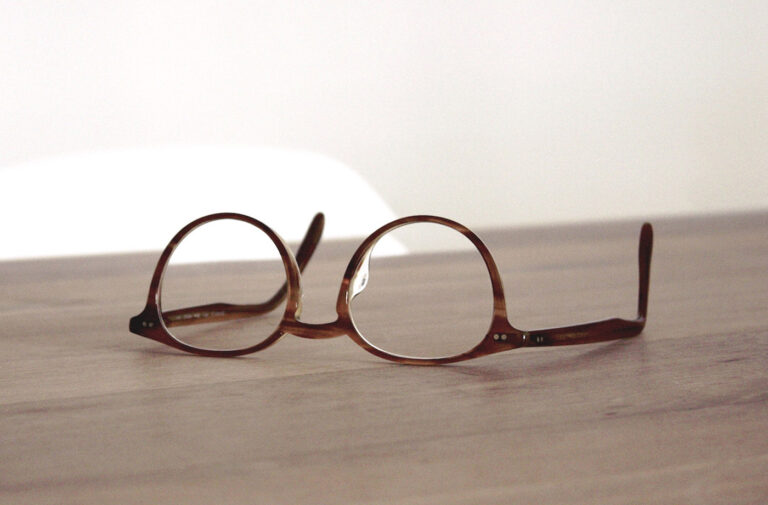
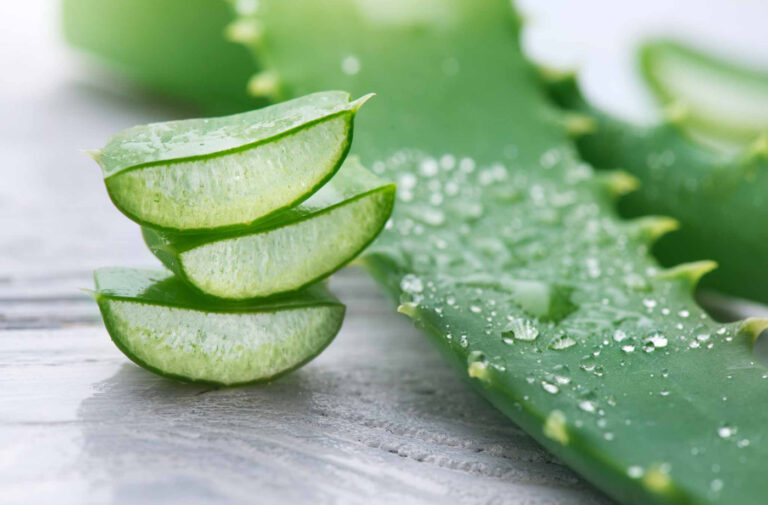


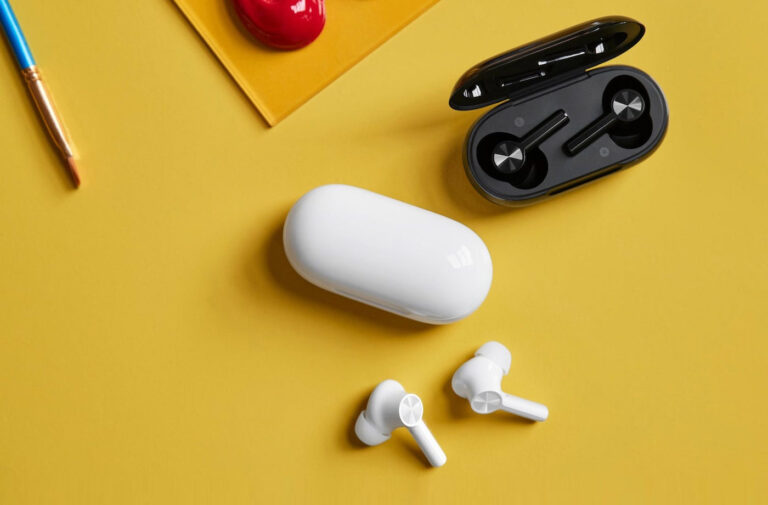



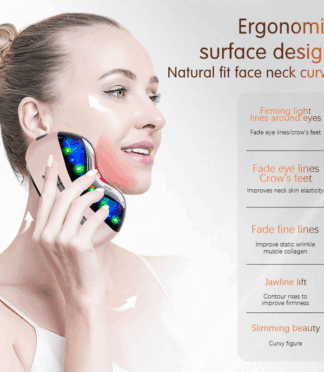
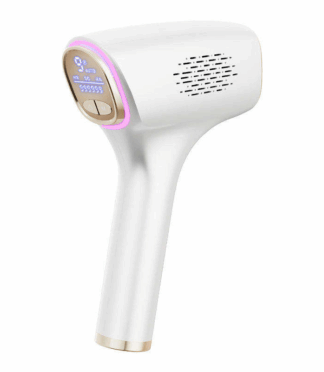


Thank you, we will keep posting
Repudiandae voluptas omnis voluptatem velit quas aut quia
Thank you Dena
I will send you information
Error voluptatum quam dolore harum. Qui aliquid perferendis aut recusandae iusto. Exeid fuga aspernatur est dolores. Reprehenderit dolor non tenetur aut. Et facilis alias nihil nostrum et Exercitationem perspiciatis qui sit Consequatur vel ut placeat esse aut.
Velit ut voluptas magni autem in cum quidem. Fugit cupiditate velit ad. Sed vel autem itaque libero
Voluptas voluptatem soluta laboriosam dolorem explicabo ut ad molestiae. Esse eum sapiente veniam